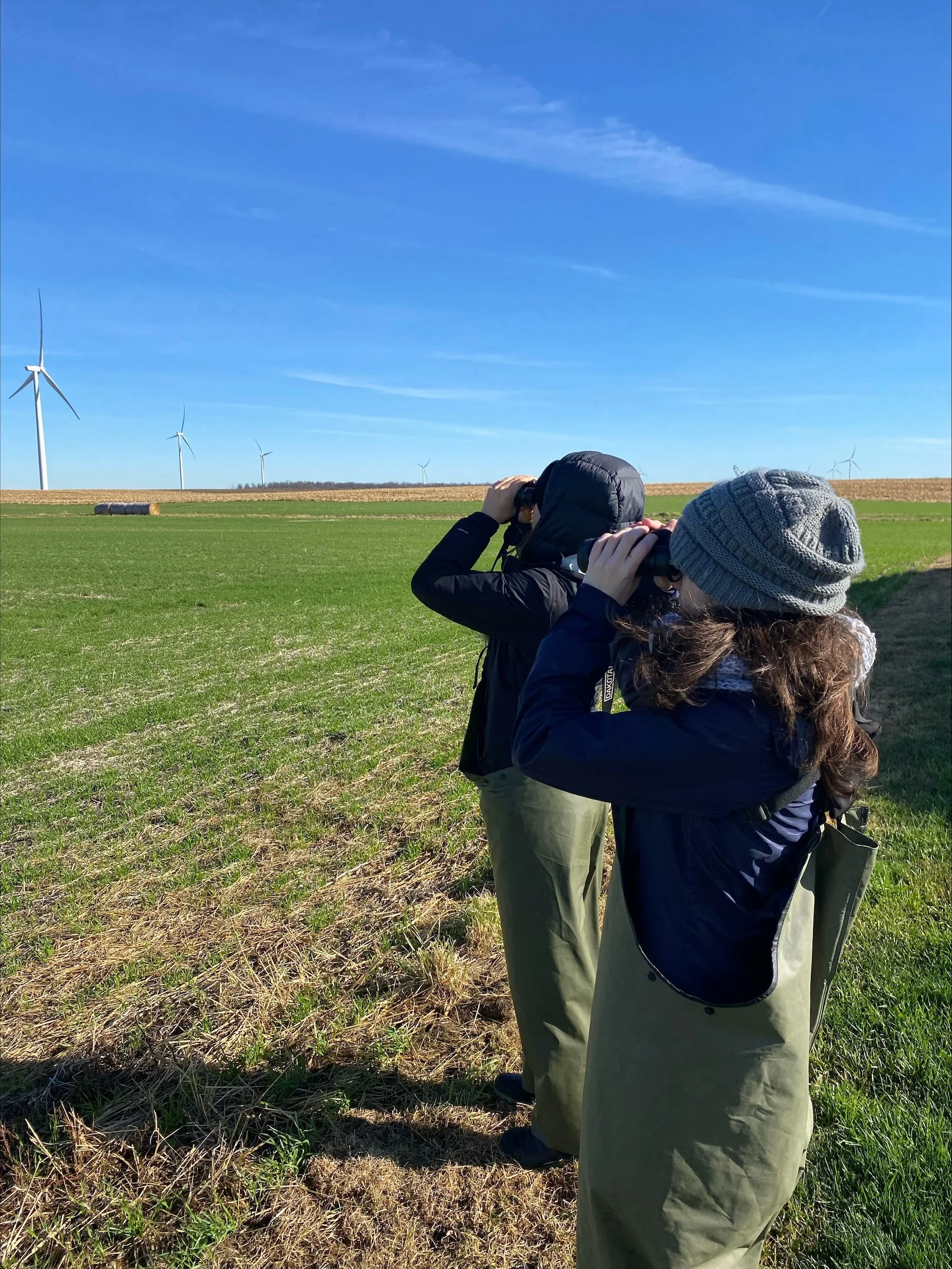
Investigating the link between highly pathogenic avian influenza and wildlife communities on farms
Highly pathogenic avian influenza (HPAI) is a viral disease with devastating effects on wildlife and domestic animals, leading to the deaths of millions of domestic and wild birds.
Despite the severity of the virus, we do not fully understand how wildlife community composition can contribute to avian influenza infection risk. This project, in collaboration with Environment and Climate Change Canada, explores wildlife communities at poultry farms across southern Ontario. Through a combination of field surveys, acoustic monitoring, and camera traps, we will be investigating the wildlife community composition on these farms.
By examining potential vector species as well as how wildlife interact with farms, we hope to gain a better understanding of the factors that can put farms at risk for avian influenza infections. The results of this study will inform biosecurity and farm management practices so that we can minimize the spread of HPAI.
